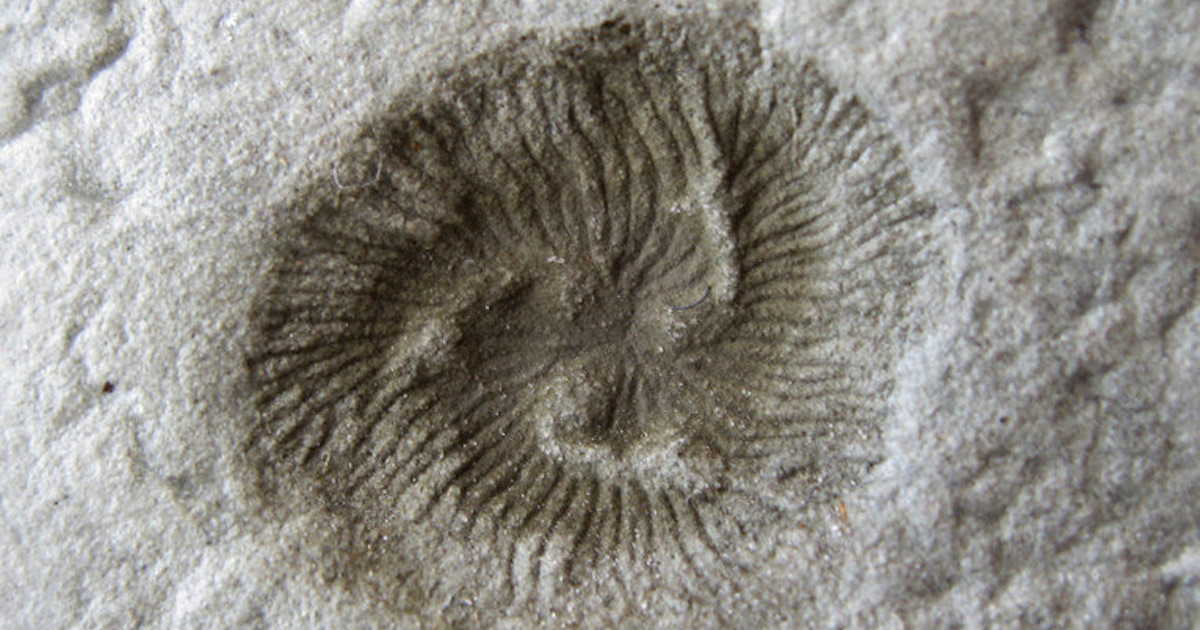 Evolution
Evolution
A Precambrian House of Cards

Editor’s note: We are delighted today to introduce a new series by Dr. Bechly. The extensive References section will follow at the end of the series.
Since I recently wrote a series of articles on alleged Ediacaran animals for Evolution News, I was amazed to stumble upon a brand-new study by Evans et al. (2021) in the Proceedings of the Royal Society of London, which makes some fantastic claims about developmental and genetic similarities between us and Ediacaran animals. Wow, that’s cool, they not only found the elusive Ediacaran animals but even could unravel their genomes!?
Well, not really. Even one of the authors of the study said, “These animals are so weird and so different, it’s difficult to assign them to modern categories of living organisms just by looking at them … And it’s not like we can extract their DNA — we can’t” (Dr. Mary Droser quoted in Dockrill 2021). Actually, they found nothing new at all, which did not stop the media from reporting, “Humans Have Surprising Similarities to Strange Creatures from 550 Million Years Ago” (Dockrill 2021). Of course, they are not really similar, as Dockrill (2021) also finds that “they seem so different. Mysterious creatures that lived in the ocean half a billion years ago — headless, limbless things, seemingly alien to us in all respects.” The only alleged similarities are said to be found in the unknown genes of these fossil organisms. Thus, it’s unknown similarity, and that unknown similarity somehow proves evolution. Science can be so cool.
A Fallacy of Begging the Question
So, what is really behind such a weird grand claim? Evans et al. (2021) selected four of the iconic Ediacaran organisms from the so-called “White Sea assemblage” from Russia and South Australia as representative taxa and assigned them to different positions in the animal tree of life: Tribrachidium as stem Eumetazoan, Dickinsonia as stem Bilaterian, Ikaria as stem Protostomian, and Kimberella as stem Lophotrochozoan.
Based on these assumed affinities and the implied biology, they then attributed to these fossil organisms the key developmental genetic features of the concerning groups of animals and concluded that therefore these half-a-billion-year-old fossils shared many similarities with us, including genetic pathways for multicellularity, axial polarity, body symmetry, immune and nervous system, as well as apoptosis (programmed cell death). Indeed, the authors even say that “these traits help to better constrain the phylogenetic position of several key Ediacara taxa and inform our views of early metazoan evolution” (quoted in Dockrill 2021).
Hmmm, anybody raising their eyebrows yet? It sounds like they first assumed a relationship, then interpreted the fossils according to this assumed relationship, attributed non-preserved features to the fossils based on this assumed relationship, and then used these purely conjectured similarities as evidence for the assumed relationship.
I am not making this up. Here is Evans et al. (2021) in their own words: “Given the assumption of animal affinities, regulatory elements essential for multicellularity and found in holozoans were likely operating in Ediacara taxa.” It’s a classic case of the logical fallacy of begging the question. But putting that aside, we should definitely dare to ask a few critical questions considering the underlying assumptions. Most of all this one: Are these four organisms really animals belonging to the attributed groups?
Tomorrow, “Ediacarans Are Not Animals.”
